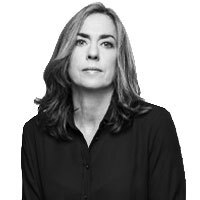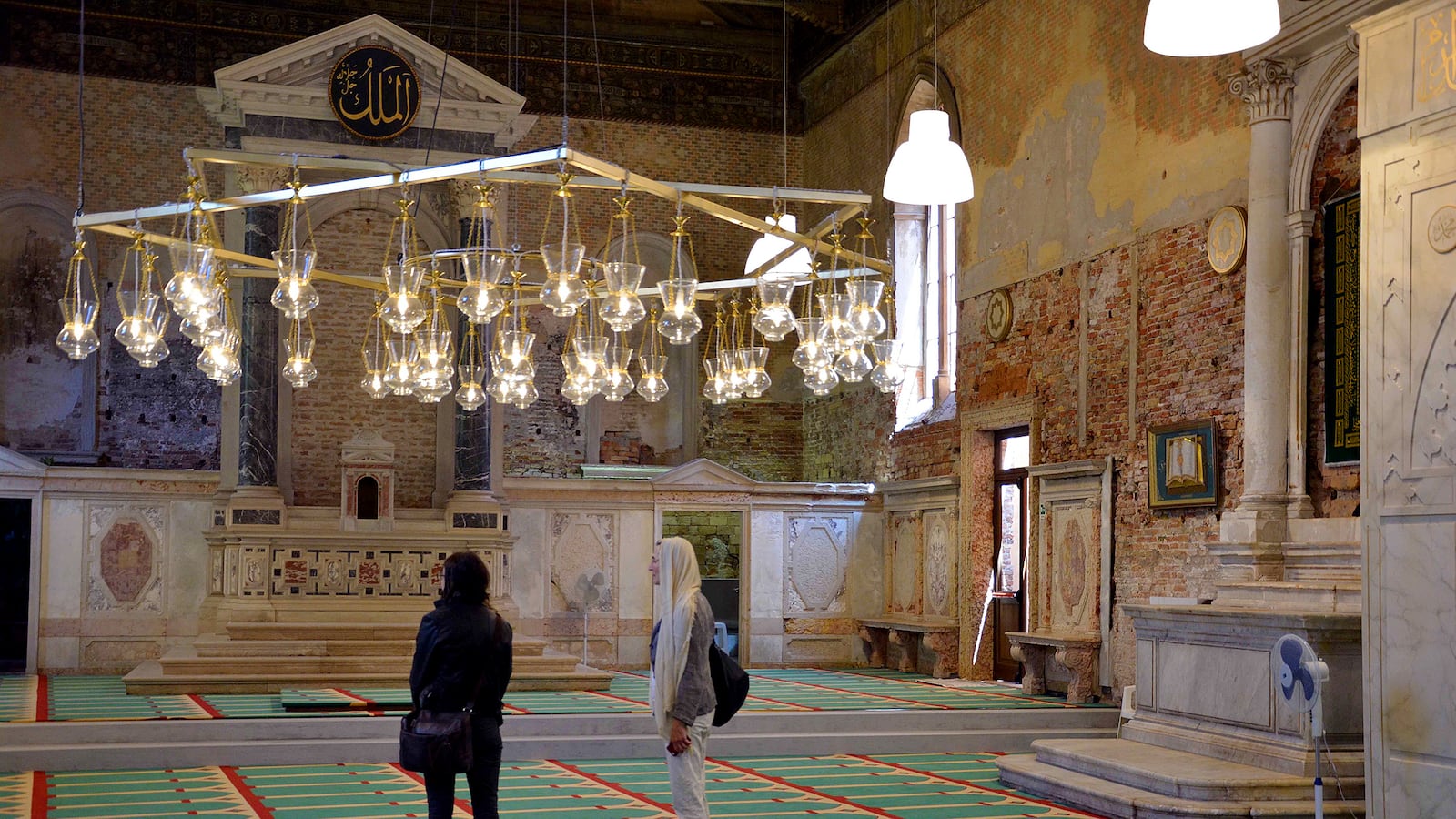VENICE — The last time the Catholic church of Santa Maria della Misericordia was used for religious purposes was in the summer of 1969, when the local priest celebrated the last Mass before it was left to ruin. Since then, the main door has been boarded up with gray wooden slats that are generally covered with nasty graffiti. It has had cameos in a few movies, including James Bond’s Moonraker and a German vampire flick called Nosferratu in Venice, but it has mostly been a den of iniquity. Neighbors in the Cannaregio district of Venice still complain about the condoms and beer bottles that float in the nearby canals, apparently thrown out of the broken windows of the dilapidated church.
The church was built as Santa Maria Valverde in the 10th century and the extensive compound, far from the city’s better-known tourist attractions, housed Venice’s first hospital along with a busy monastery that was depleted when the plague killed all the monks in the 14th century, according to the Almanac of Venice. There are also rumors that the church Patriarch Girolamo Savina was murdered there in 1611 by a monk who poisoned his communion wine. Long forgotten and rarely noticed by tourists in a town not lacking open churches, Santa Maria della Misericordia is now the talk of Venice after Swiss-Icelandic artist provocateur Christoph Büchel used it to house a functioning mosque as the Icelandic Biennale art installment.
Outside, the church still looks very much like a Catholic place of worship with a bas-relief of the Madonna and Child, Latin script and the usual statues of crowned saints holding crosses. Inside, the church has been essentially gutted of its Catholic icons, and in the niches are signs with Arabic script and a mihrab to indicate the direction in which to pray towards Mecca. There is a large, colorful red-and-green prayer rug covering the old marble floors and a lowered candelabra with hand-blown glass globes hanging from the vaulted wooden ceiling. The prayer area is cordoned off with several signs that tell visitors to remove their shoes before entering. Along the back walls are shoe racks and Quran shelves beside a row of hooks draped with headscarves for women who are not adequately covered up. In one of the apses is a bright vending machine selling shiny cans of “Mecca cola” to worshipers and art patrons alike.
At The Mosque inauguration on May 9, which included traditional Muslim call to prayers, Büchel said the intent of the art installment, which was designed with the region’s Muslim leaders, was to “draw attention to the political institutionalization of segregation and prejudice, and to settlement policies that lie at the heart of global ethnic and religious conflicts today.”
In less than a week, he has certainly achieved that goal. Local authorities in Venice now say they will close the mosque down on May 20 if a series of permissions are not in place. Apparently, according to a letter published in the local newspaper by the Venetian diocese, a Catholic church must never be used for any other non-Catholic religious purpose unless it has been deconsecrated, which, according to the Patriarch of Venice, Santa Maria della Misericordia has not been. “The pavilion is not and cannot be a place of worship, as the promotional material issued in recent days suggests it is,” according to the Church letter, referring to the advertisements in Arabic, English and Italian announcing the Icelandic pavilion as a place for Muslims to pray. The diocese letter also noted that they prohibited clothing “different from that worn at any other place of exhibition at the Venice Biennale.”
Mohamed Amin Al Ahdab, a Syrian who is the head of the Islamic Community of Venice, told The Daily Beast that he was surprised the mosque was allowed to open at all, but closing it will no doubt create further tensions in the city. The northern region of Italy around Venice has long been a hotbed for religious tensions led by the xenophobic Northern League, which has successfully prohibited the building of mosques and study centers in several northern cities. Local authorities have been criticized in some northern cities for cataloguing and photographing Muslims who pray at mosques.
Al Ahdab says Venice has a Muslim community of several thousand from around 30 countries who do not have a mosque in the city where they can pray. That’s why those who live in the city see the Icelandic pavilion as much more than an art exhibit. “When it opened, we saw it as an encouraging sign that the local government was perhaps softening its tone,” he said. “Closing it down will undoubtedly have an adverse impact.”
The Venice City Hall did, in fact, give permission in April for the art installation to be built, but a city spokesperson told The Daily Beast that they did not give permission to construct a place of worship, which the mosque exhibit clearly is. On Wednesday, city officials hung a sign inside the church mosque warning visitors that it was “not a place of prayer” and that “visitors do not need to remove their shoes” in stark contrast to the signs in place as part of the exhibition that say they do. Amin Al Ahdab says that an Icelandic guest imam will be leading Friday prayers this week, and if the city says they can’t pray in the church, they will not resist. “It would be a heavy blow,” he says. “But we have never been allowed a mosque in Venice, so what would closing it really change?”






